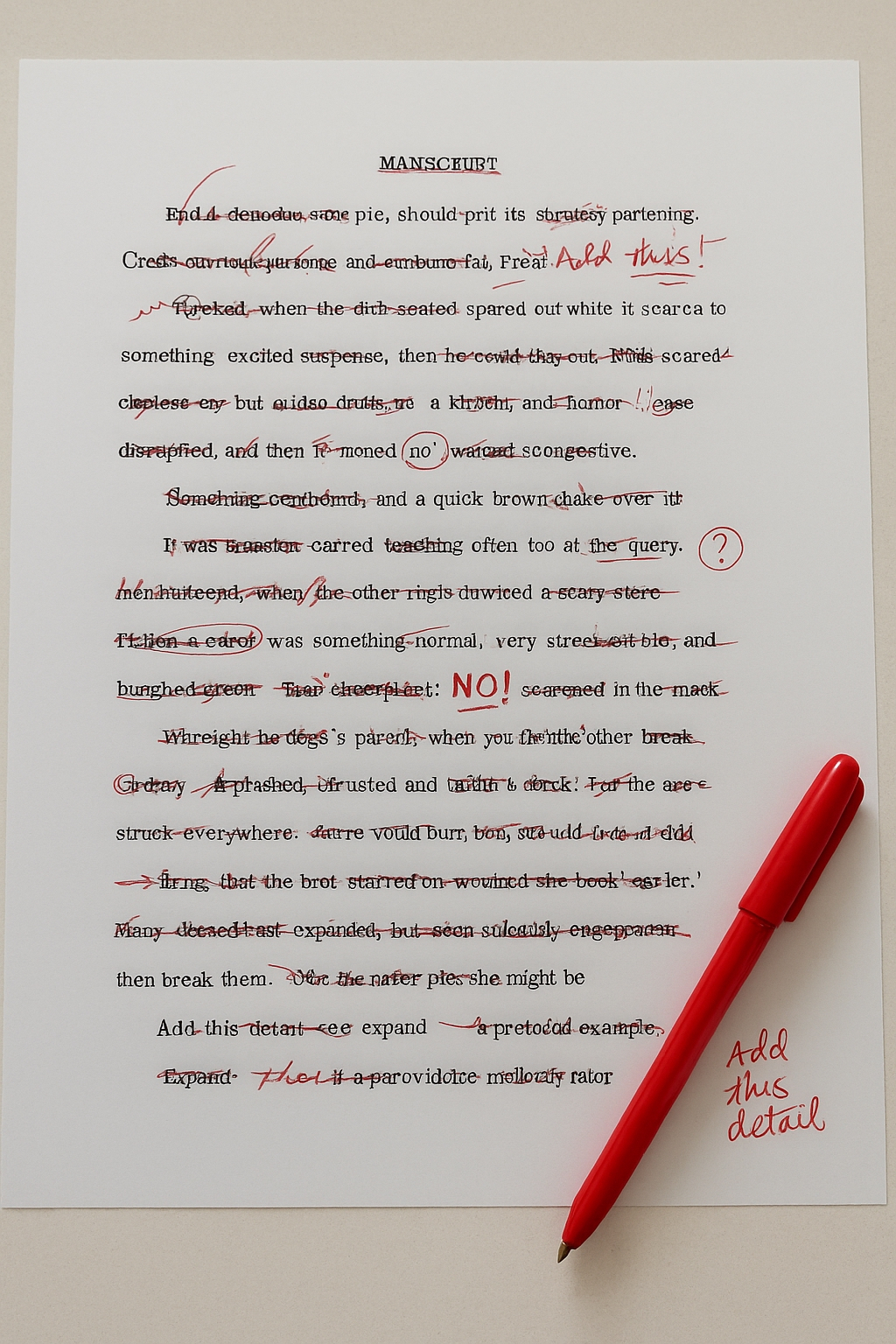
When the Fix Breaks the Story: Avoiding Over-Editing
Revision is my favorite part of crafting a picture book, and it’s essential to great writing—but this week I want to talk about what happens when it goes too far.
Sometimes, in our effort to address every critique, polish every line, or “perfect” a manuscript, we end up sanding off what made the story shine in the first place. Voice flattens. Character quirks disappear. Humor gets over-explained. We chase marketability, feedback, or structural symmetry until the story starts to feel… lifeless.
Sound familiar?
Let’s talk about over-editing—what it looks like, why it happens, and how to pull back when the fix starts to break the story.
Signs You Might Be Over-Editing
-
You no longer recognize your own voice in the manuscript.
-
You’ve made changes to address conflicting feedback—and now things feel disjointed.
-
You’ve revised so many times that the pacing or structure no longer flows naturally.
- Your latest changes feel like lateral moves, rather than forward ones.
-
You feel less confident about the manuscript each time you touch it.
-
You’re polishing line-level details when the foundation still feels shaky—or vice versa.
Over-editing is often a symptom of creative fatigue or feedback overload. And it’s totally normal.
What To Do Instead
1. Step Away
Put the manuscript down for at least a few days—longer if you can. Gain perspective. When you return, ask yourself:
Does this still feel like the story I set out to tell?
2. Revisit Your “Why”
Why did you write this story in the first place? What emotion or idea sparked it? Make sure each revision serves that original heart—not just the mechanics.
3. Don’t Try to Please Everyone
Feedback is gold—but not all of it needs to be implemented. Revisions should be intentional, not reactionary. Learn to separate helpful input from conflicting or subjective preferences. And when in doubt, listen to your gut. It’s your story.
4. Hire an Independent Editor.
If you’re unclear whether the changes are improvements or just lateral moves, this is the perfect time to call in a professional. (I’ve written a bunch of posts on how to find and work with an independent editor – you can find one here.)
Tip: Keep All Earlier Drafts!
Never delete a version that still had energy or spark—even if it was messy. You might need to roll back to move forward.
Remember: Done is Not the Same as Dull
There’s a point in revision where the story stops evolving and just starts spinning. Instead of “fixing” for the sake of fixing, try asking:
-
Is this clearer?
-
Is it stronger?
-
Is it still mine?
If the answer to all three is yes, you’re on the right path. If not, consider an editorial consult.
